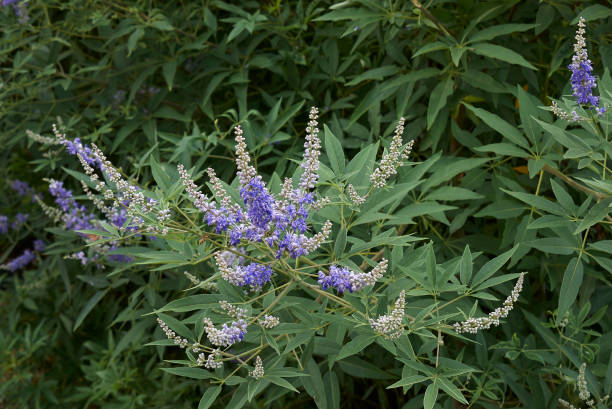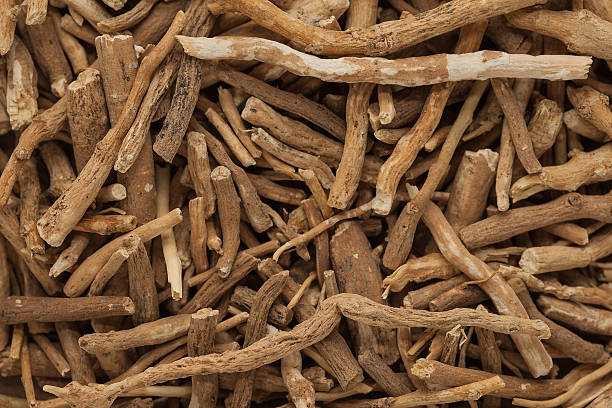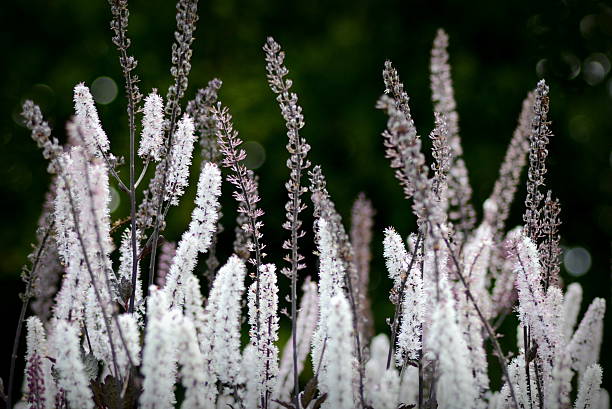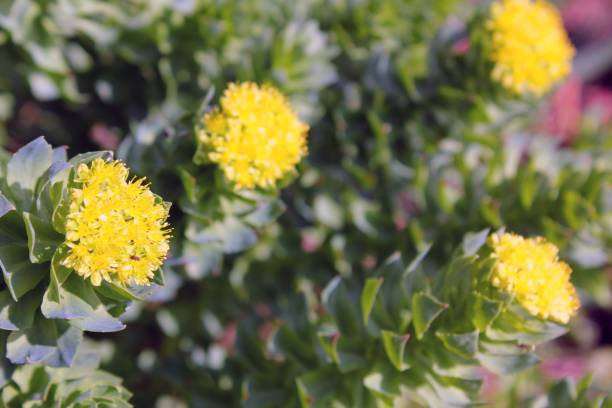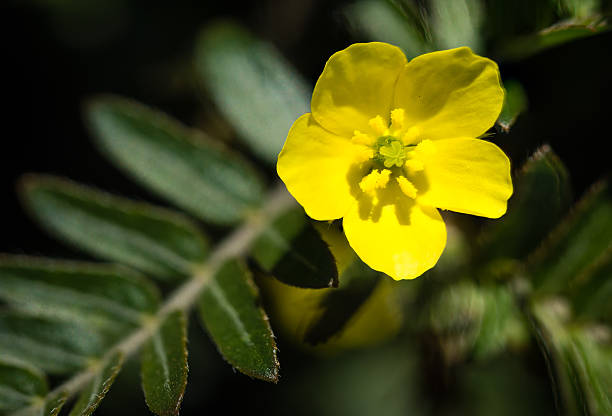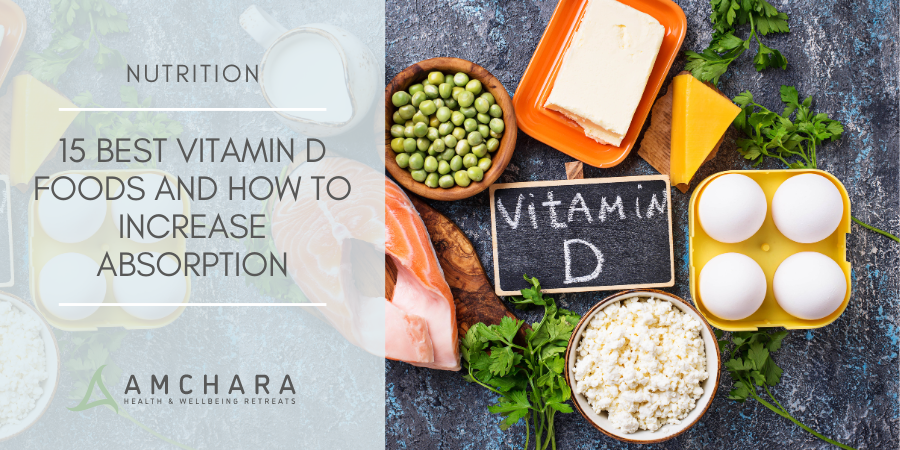According to fossil records, humans have been using plants as medicine as far back as 60,000 years ago.
Traditional herbal remedies continue to be used with great efficacy around the world and nowadays many are widely researched and supported by scientific and clinical evidence.
Faced with a barrage of symptoms, both physiological and psychological, many people are attempting to capture the wisdom of traditional herbal remedies in order to support their hormonal imbalances.
Table of Content:
Avoiding traditional western medicine and opting for natural remedies is a conscious decision for many, not just because of the adverse effects associated with pharmaceutical drugs, but also because of the recognition that hormone imbalances are often a part of natural changes the body goes through at different times in a person’s life.
In the modern internet world there is an overwhelming amount of information and it can be hard for you to find health advice that you can trust, particularly as the main media channels are typically dominated with a single, orthodox narrative.
Our mission is to provide you with both insightful information and evidence-based content to provide you with actionable knowledge and tips you can trust, to help you on your journey to optimal health.
Choosing the right herb or combination of herbs can make a huge difference to many typical hormone-related symptoms.
Let’s take a look at our research into 5 of the best hormone balancing herbs.
# 1 AGNUS CASTUS – Vitex, Monk’s Pepper, Chaste Tree
If you are one of the 70% of women estimated to experience mild to moderate PMS symptoms every month, then you might be interested to know that help is at hand in the form of an extremely effective herb called Agnus Castus.
Agnus Castus grows naturally in Europe, central Asia and the Mediterranean and is widely used by European and North American herbalists.
It has been the subject of extensive research due to its beneficial effects in relieving symptoms of PMS.
Historically the berries of the Agnus Castus plant were used by monks during the middle ages to supress sexual desire, which is why it is also known as monk’s pepper or chaste tree.
PMS symptoms are believed to reflect fluctuating hormones during the second half of the menstrual cycle and often include irritability, fatigue, food cravings, anxiety, tearfulness, bloating, fluid retention and sore breasts.
These symptoms commonly occur 14 days after ovulation and stop at the beginning of menstruation.
How it works
Studies in vitro have shown that the flavonoid compounds present in Agnus Castus berries affect oestrogen receptors – this may be due to its actions on the pituitary gland.
Initial human studies have identified that Agnus Castus inhibits production of FSH (follicle stimulating hormone) and stimulates the release of LH (luteinising hormone).
These female reproductive hormones are both synthesised and secreted from the pituitary gland and any changes are thought to affect the downstream hormones progesterone and oestrogen.
It has also been found that some PMS sufferers have raised levels of the hormone prolactin which is secreted by the pituitary gland.
Excess levels of prolactin can disrupt the balance of other hormones and may also result in lowered progesterone levels.
Early research carried out on Agnus castus in Germany indicated an effect on pituitary hormone activity.
The researchers speculated that the action of Agnus castus in balancing the function of the pituitary gland reduces prolactin levels and so normalises the oestrogen-progesterone ratio.
Therapeutic uses:
- to stabilise menstrual cycle irregularities
- for hormonally induced acne
- fibrocystic breasts
- progesterone insufficiency
- female infertility
- aiding expulsion of the placenta
- increasing lactation
Dosage
30-40 mg of dried fruit extract daily, 2.6-4.2 mg of dry native extract (standardised to 0.6% casticin), or 40 drops of tincture.
For maximum effects, long-term supplementation is recommended. Clinical evidence reports good responses from 3-6 months.
Warning:
Should not be taken during pregnancy or breast feeding.
Because Agnus Castus is thought to act on the pituitary-hypothalamic axis individuals with a history of a pituitary disorder should consult a doctor before use.
# 2 Ashwagandha – Withania somnifera
Fluctuating hormones post-menopause create imbalances that often lead to poor thyroid function.
Subclinical hypothyroidism is not generally supported by orthodox medicine if test results from standard thyroid lab tests do not show ‘abnormal’ results.
Despite this, it is still possible to improve thyroid function by utilising specific adaptogenic herbs such as Ashwaganda.
Ashwaganda is a small woody evergreen shrub belonging to the solanaceae family which grows freely in the stony terrain of the Middle East, Africa and India.
In Ayurvedic medicine, Ashwagandha is one of the most highly valued herbs and has been used traditionally for centuries for its adaptogenic properties, which help the body to diminish and alleviate physical or mental stress.
It is considered a calming adaptogen, unlike other popular adaptogens such as Asian ginseng and Siberian ginseng which have stimulant effects.
How it works
In herbal medicine, it is the roots of this plant that are used primarily, but both the leaves and the seeds contain active ingredients.
The substances within Ashwaganda that exert medicinal effects are called withanolides which consist of steroidal alkaloids and lactones.
These constituents act as crucial hormone precursors and are thought to be amphoteric, which means they can regulate important physiological processes and when needed convert into human hormones.
Where there is an imbalance due to an excess of certain hormones, the phytochemicals (plant chemicals) occupy cell membrane receptor sites so that the body’s own hormones cannot attach and exert their effects.
Conversely, if natural hormone levels are low the phytochemicals exert a gentle effect.
In short, they regulate important metabolic processes as needed specifically to an individual.
In terms of thyroid function, research results from both animal and human studies suggest that Ashwaganda is able to stimulate the thyroid gland to release the thyroid hormone T4.
Not only is Ashwagandha effective in isolation, but also results from research indicate it may actually have a potentiating effect when given in combination with other herbs or drugs.
Ashwaganda is particularly suited to those who suffer from anxiety or stress but it has many other applications.
Therapeutic Uses:
- Stress
- Regulating sleep patterns
- Increasing vitality
- Regulating blood sugar/diabetes
- Bipolar disorder
- Rheumatoid arthritis
- Attention deficit hyperactivity disorder
- Chronic liver disease
- Obsessive compulsive disorder
- Cognitive function
- Infertility
- Menstrual disorders
- Fibromyalgia
- Bronchitis
- Backache
- Inflammation
- Diabetes
- Fatigue associated with chemotherapy
Dosage
The recommended daily dose for Ashwagandha is 3-6 grams of the dried root, 300-500 mg of an extract standardised to contain 1.5 per cent withanolides, or 6-12 ml of a 1:2 fluid extract per day.
Warning:
There is little or no toxicity associated with Ashwaganda use.
However, large doses of Ashwaganda may possess abortifacient properties; therefore, it should not be taken during pregnancy.
# 3 Black Cohosh – Cimicifuga racemosa
The lead up to the menopause can be fraught with debilitating symptoms that can make life challenging for many women.
Many women suffer from night sweats and hot flushes, as well as mood swings and irritability.
If you haven’t already heard about it then now might be time to add Black Cohosh to your wellness regime.
Black Cohosh is a member of the buttercup family and is native to North America.
It is also called snakeroot, rattleweed, macrotys, black bugbane and rheumatism weed.
Black Cohosh has been used by Native Americans for over 200 years after an accidental discovery that the roots of the plant helped to reduce symptoms of menopause and relieve menstrual cramps.
Historically it has been used for many conditions from rheumatism to heart disease.
How it works
Black cohosh is termed a phytoestrogenic herb, which means it has the ability to bind to human oestrogen receptors on cells, gently raising oestrogen levels or blocking human oestrogen when levels are too high.
This mode of action helps to ease physical and psychological symptoms of the menopause.
Substances in Black Cohosh may account for its activity which includes glycosides, isoflavones and salicylic acids. It is also thought to suppress surges of luteinising hormone which are associated with flushing.
Black Cohosh has been studied widely and based on results some experts believe that it may be an effective alternative to oestrogen replacement therapy for women that prefer not to take pharmaceutical hormone replacement drugs for menopausal symptoms.
Several clinical trials in Germany support the use of Black Cohosh for menopausal complaints.
Findings suggest improvements were found after 4 to 12 weeks of continual use.
Therapeutic Uses:
- Sleep disturbances
- Irritability
- Hot flushes
- Irregular Menstruation
- Uterine cramps
- PMS
- Muscular pain
- Sluggish labour
- Fever
- A cough
- Reproductive tonic
Today’s alternative health practitioners generally use Black Cohosh for typical menopausal symptoms such as hot flushes and night sweats, as well as vaginal dryness, mood changes, irritability, anxiety, heart palpitations, vertigo and sleep disturbances.
Dosage
Black Cohosh supplements using extracts are frequently standardized to provide at least 1 mg triterpene glycosides per daily dose.
The currently recommended dose is 40-80mg a day.
Benefits generally begin after 2 weeks with maximum effects usually seen within 8 weeks.
Warning:
Black Cohosh is not recommended for pregnant women or individuals with liver disorders.
# 4 Rhodiola Rosea – Golden root, Arctic root
Chronic stress has a significant impact on hormone balance, not just sex hormones but also hormones involved in blood sugar balance and metabolism.
Keeping your stress levels in check is often easier said than done, especially when life is whizzing by at a break-neck speed.
Fortunately, nature provides us with a fantastic range of herbs, some of which are particularly effective at helping you manage stress naturally.
One highly valued anti-stress herb with a well-deserved reputation is Rhodiola Rosea.
Rhodiola can be found growing naturally in the wild arctic regions of North America, Asia and Europe and is an herb traditionally used for the relief of symptoms associated with stress such as extreme fatigue.
Russian researchers categorized Rhodiola as an adaptogen after they discovered it was able to increase human resistance to a variety of biological, chemical, and physical stressors.
This has since been confirmed by several other studies that have found it significantly increases an individual’s tolerance to stress.
How it works
Rhodiola is thought to act predominantly on the hypothalamus – the part of the brain that initiates the stress response.
It appears to regulate the manner in which the body responds to stress triggers.
Further research suggests that Rhodiola enhances brain serotonin activity, an attribute that may be of great value in reducing the anxiety-related symptoms that often accompany chronic stress.
Rhodiola is a popular plant in traditional medical systems in Eastern Europe and Asia, with a reputation for a number of beneficial actions.
Therapeutic Uses:
- Stimulating the nervous system
- Improving depression
- Enhancing work performance
- Improving sleep
- Eliminating fatigue
- Preventing high altitude sickness
Dosage
Recommended dosage varies depending upon standardisation.
For long term use a daily dose of 360-600 mg Rhodiola extract standardised for 1% rosavin, 180-300 mg of an extract standardised for 2% rosavin, or 100-170 mg of an extract standardised for 3.6% rosavin is suggested.
Warning:
Should not be taken at the same time as antidepressant medication. Due to a lack of safety evidence, it should not be taken during pregnancy.
# 5 Tribulus Terrestris – Devil’s thorn
A common complaint post-menopause is a lack of libido, often thought to be due to changes in oestrogen and testosterone levels.
You can help avoid a flagging sex drive and give your libido a little push by using a herb called Tribulus Terrestris, which is known for enhancing libido in both men and women.
Tribulus is a hardy yellow flowering plant indigenous to Southern Europe, Southern Asia, Australia, and Africa.
It has many other names including devil’s thorn, devil’s weed, bindii, goathead, caltrop and tackweed and has a long history of therapeutic use in both Ayurvedic practice and traditional Chinese medicine.
Tribulus has the potential to activate sexual desire in post-menopausal women and is also believed to increase egg production in women and sperm production in men.
Because it is thought to have testosterone boosting properties it is often used to treat erectile dysfunction in men.
How it works
The active constituents in Tribulus Terrestris include saponins, lignin amides, flavonoids, alkaloids and glycosides, which are thought to provide hepatoprotective, anti-inflammatory, antioxidant, antibacterial, antidiabetic and antitumor activities.
The claimed aphrodisiac properties of Tribulus are possibly the result of androgenic activity.
Tribulus may also work by increasing the levels of luteinising hormone, which is part of the metabolic process that initiates testosterone production.
This could be why it has become a popular herbal remedy to increase libido and improve fertility naturally.
Several animal studies support the theory that it increases testosterone as well as semen production, sex drive and performance.
In human clinical trials on postmenopausal women, it was established that 250mg of Tribulus taken orally three times a day over 3 months was considered to be effective in treating sexual problems.
Therapeutic Uses
- Diuretic
- Aphrodisiac
- Difficult/painful urination
- Infertility
- Athletic performance
- Erectile dysfunction
- Haemorrhoids
- A headache
- Dizziness
- Calm the liver
- Vertigo
- Wind
- Itching
- Red, sore eyes
- Irregular menstruation
- To stimulate lactation
Dosage
Dosage depends on the condition being treated and varies widely; however, a general dose is around 85 to 250mg three times a day with food.
It can be taken in capsule form or in powdered form and used as a tea.
Warning:
People with breast, uterine or prostate cancer or other hormone-dependent conditions should not use Tribulus Terrestris.
Natural Herb Related Stories
- Detoxing With Herbs
- Top 10 Herbal Teas For A Health Boost
- 5 Herbs To Cure A Sore Throat
- Tasty Homemade Herbal Teas
Hormone Balancing Related Stories:
- Restoring Hormonal Imbalance Naturally
- Exercise and Hormone Balance
- How Liver Function affects Hormone Balance
- Is my gut in balance?
Jacqueline Newson BSc (Hons) Nutritional Therapy

